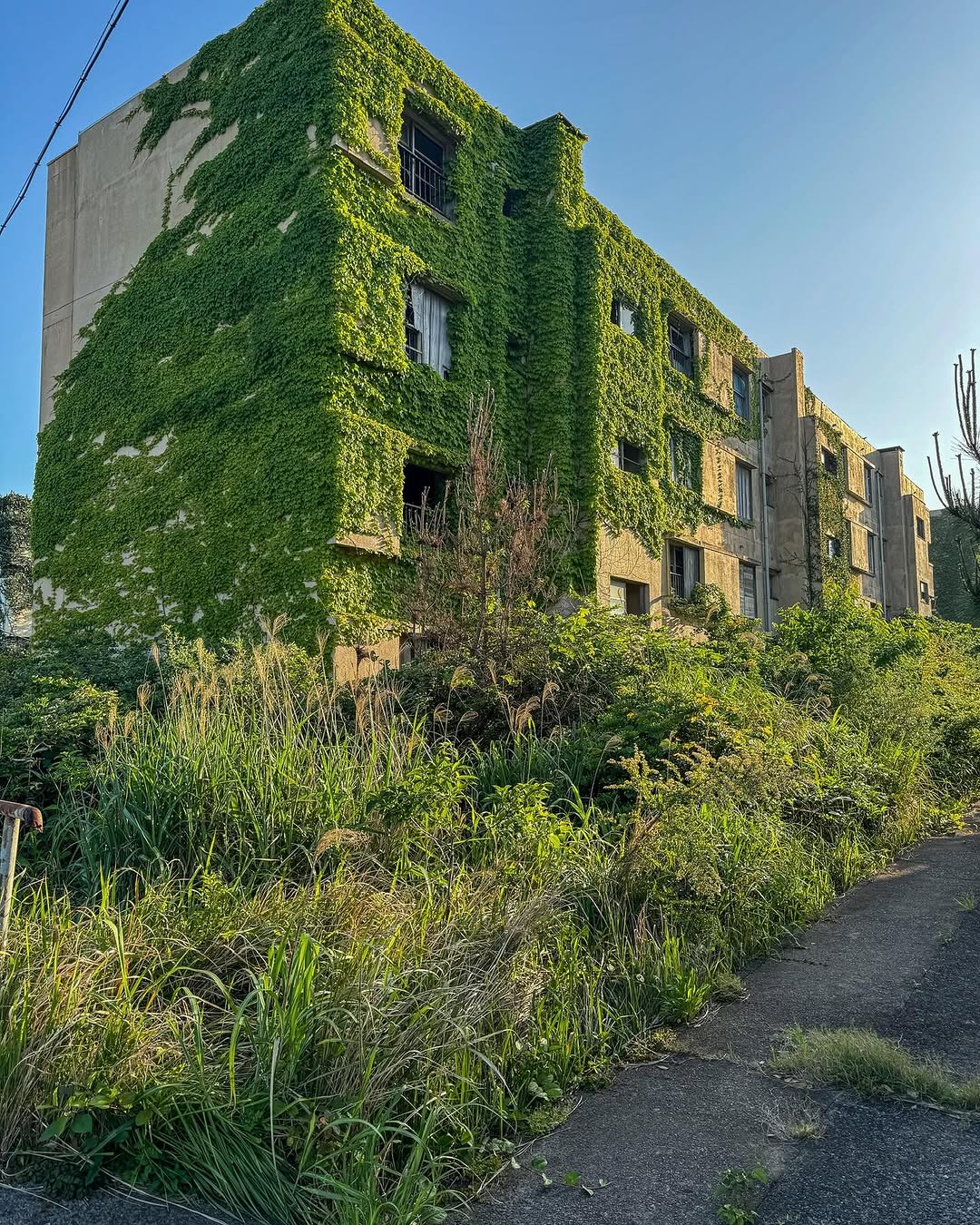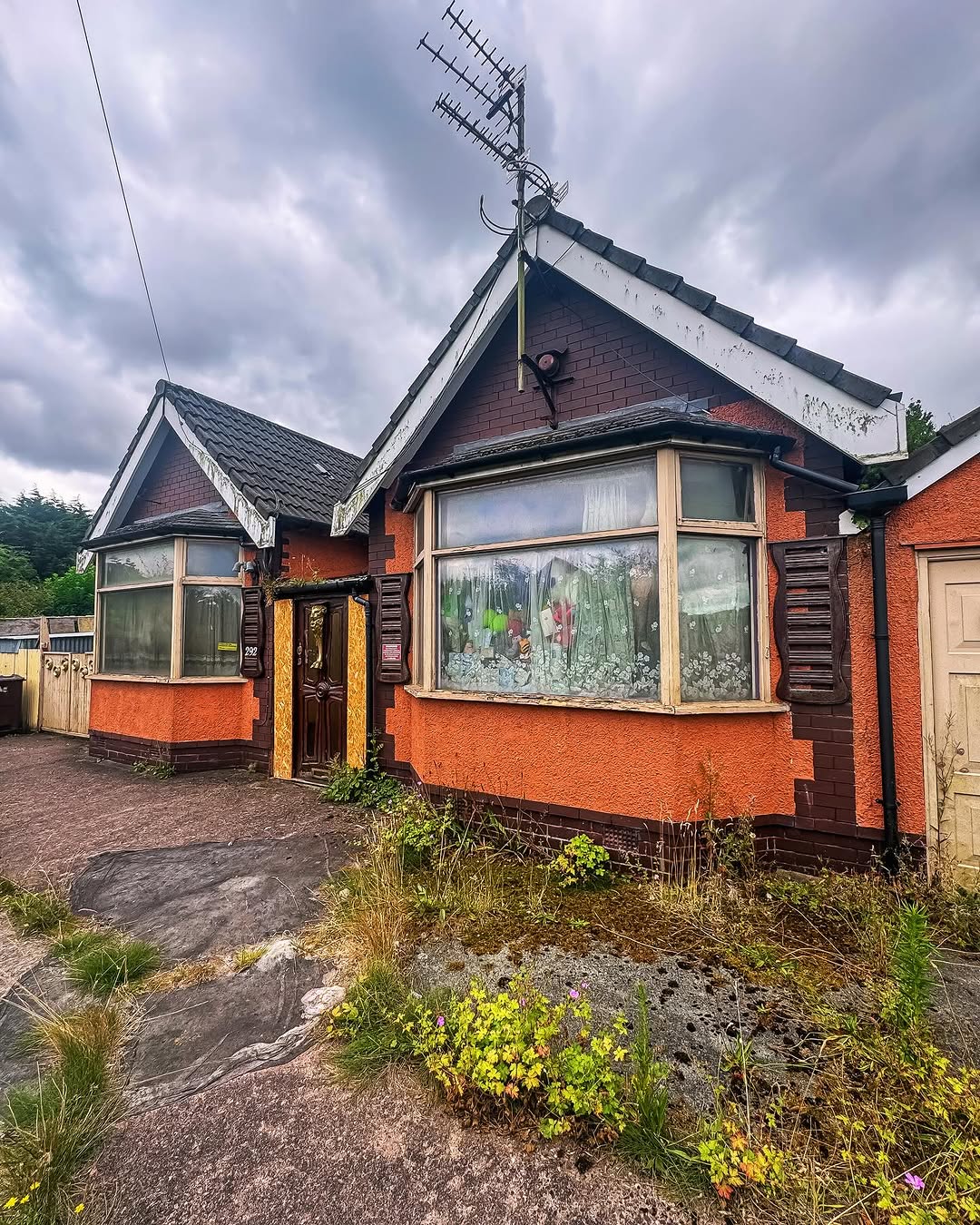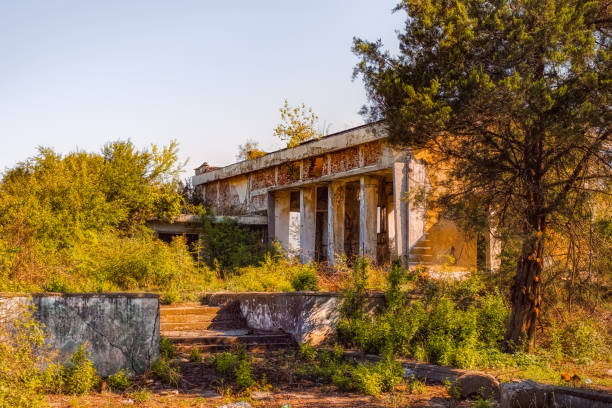Deep within the forgotten corners of America’s urban landscape lies a haunting testament to the evolution of modern healthcare—an abandoned hospital that sits completely frozen in time. This extraordinary medical facility, left behind with all its contents intact, offers a rare glimpse into the past of American healthcare, complete with medical records, vintage equipment, teaching aids, X-rays, operating theaters, and dental studios. The discovery of such a perfectly preserved medical time capsule represents one of the most fascinating examples of urban exploration and historical preservation found in abandoned healthcare facilities across the United States.
Unlike typical abandoned buildings that are stripped of their contents over time, this remarkable hospital remains virtually untouched, creating an eerie museum of medical history that spans decades of healthcare evolution. From the sterile corridors lined with patient charts to the operating rooms still equipped with surgical instruments, every corner of this facility tells a story of the thousands of lives that passed through its doors during its operational years.
The Phenomenon of Abandoned Hospitals in America
Healthcare System Changes and Hospital Closures
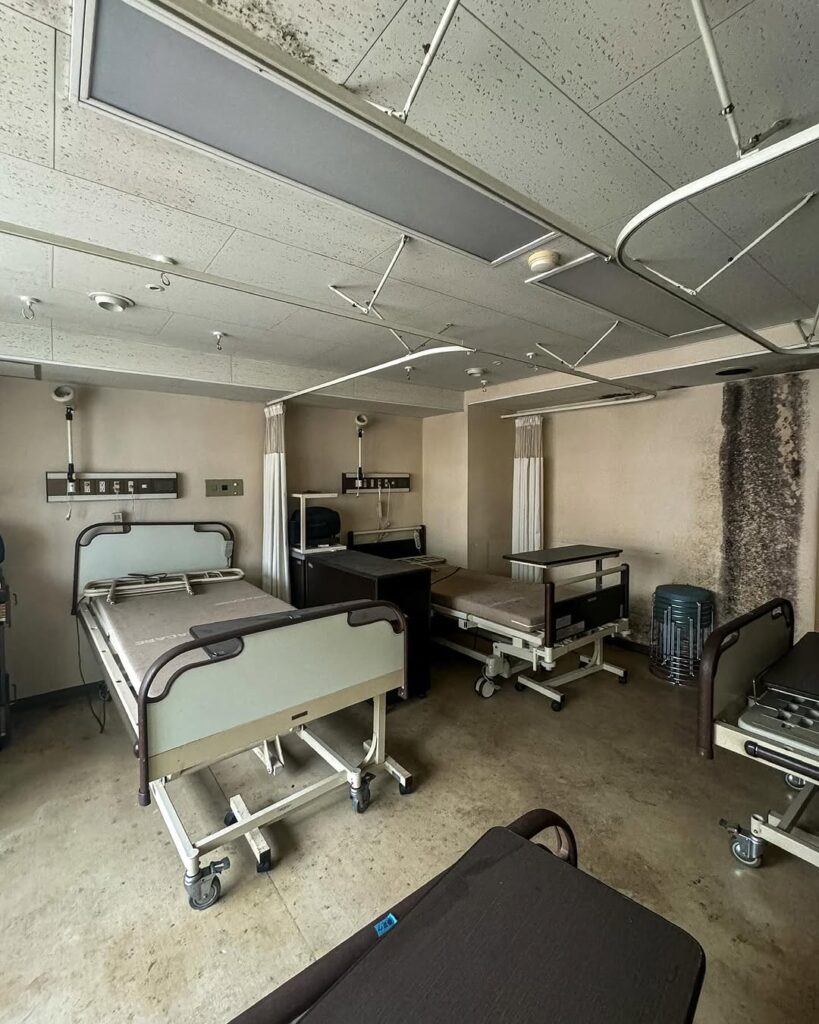

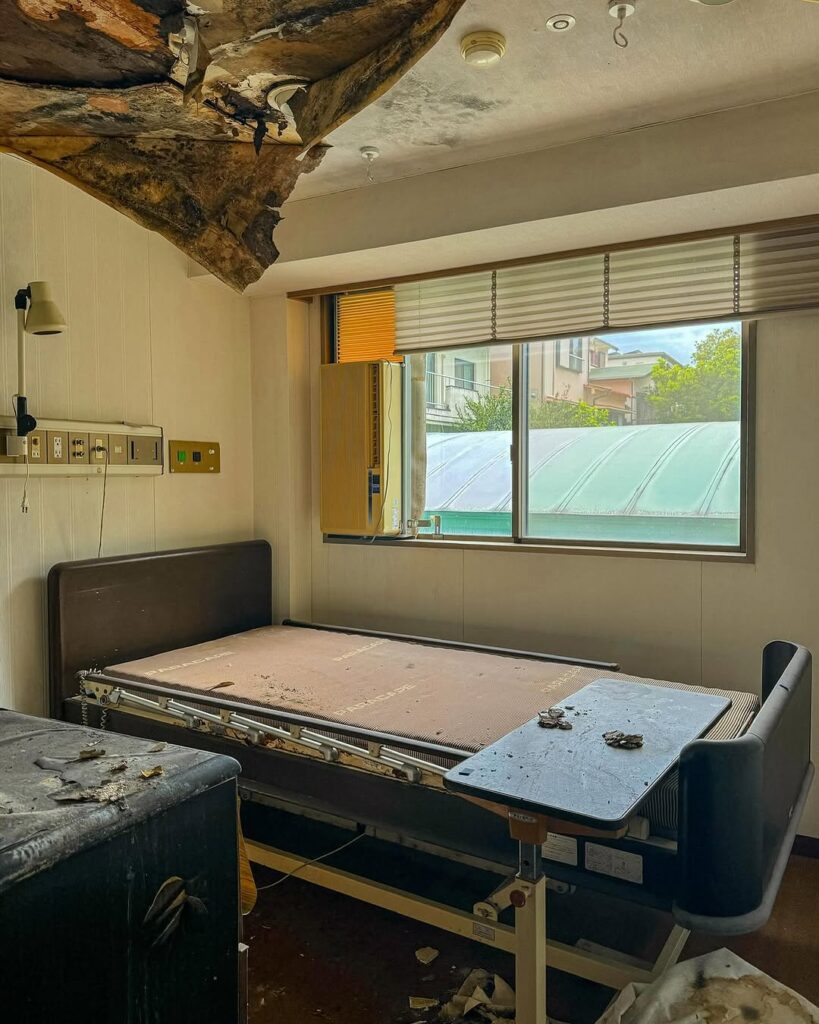
The American healthcare landscape has undergone dramatic transformations over the past several decades, leading to the closure of hundreds of hospitals nationwide. Economic pressures, changing demographics, medical advances, and healthcare consolidation have all contributed to the abandonment of medical facilities that once served as vital community healthcare centers. These closures often happen rapidly, leaving behind fully equipped hospitals that become frozen in time.
Rural hospitals have been particularly affected by these changes, with many small-town medical facilities closing due to financial difficulties, population decline, and the centralization of healthcare services in larger metropolitan areas. Urban hospitals have also faced closures due to changing neighborhood demographics, competition from newer facilities, and the high costs of maintaining aging medical infrastructure.
The Preservation of Medical History in Abandoned Facilities
Abandoned hospitals represent unique repositories of medical history, preserving equipment, records, and architectural elements that document the evolution of American healthcare. These facilities often contain decades of medical technology, from early X-ray machines and surgical instruments to patient records and teaching materials that provide insights into historical medical practices and patient care standards.
The preservation of medical equipment and records in abandoned hospitals creates invaluable resources for medical historians, researchers, and healthcare professionals interested in understanding the development of modern medicine. These frozen-in-time facilities serve as unintentional museums that showcase the progression of medical technology and treatment methodologies over the years.
Medical Records and Patient Documentation
Historical Medical Record Keeping Systems
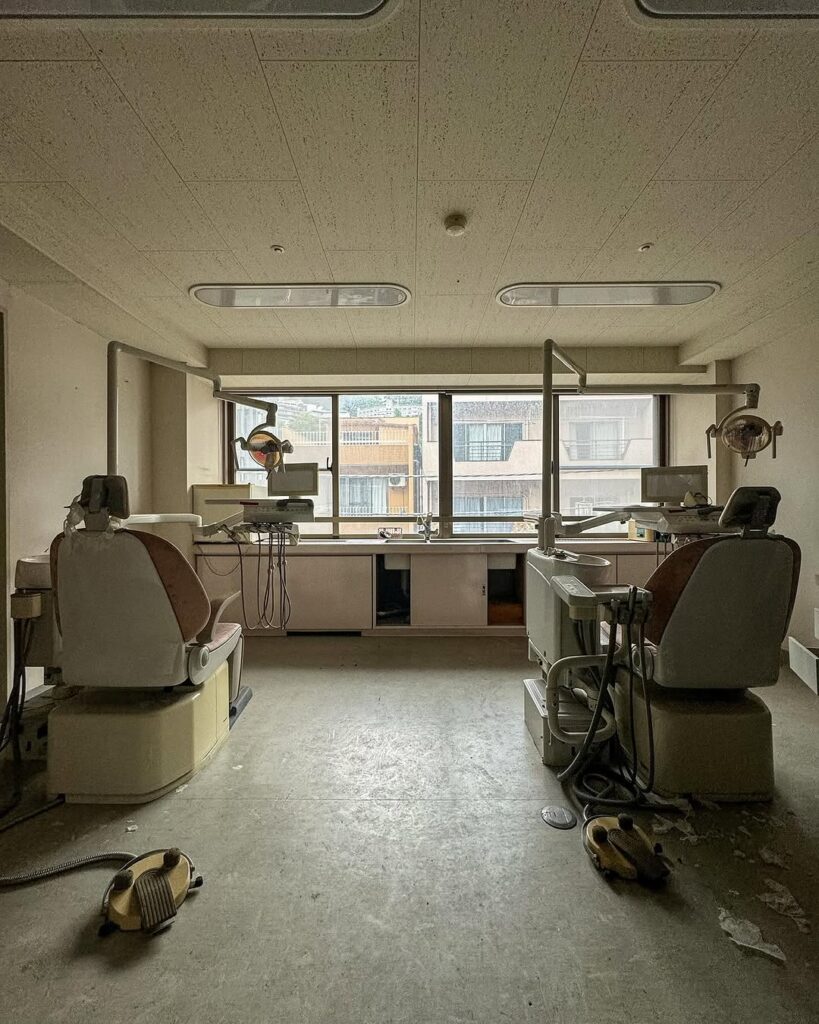
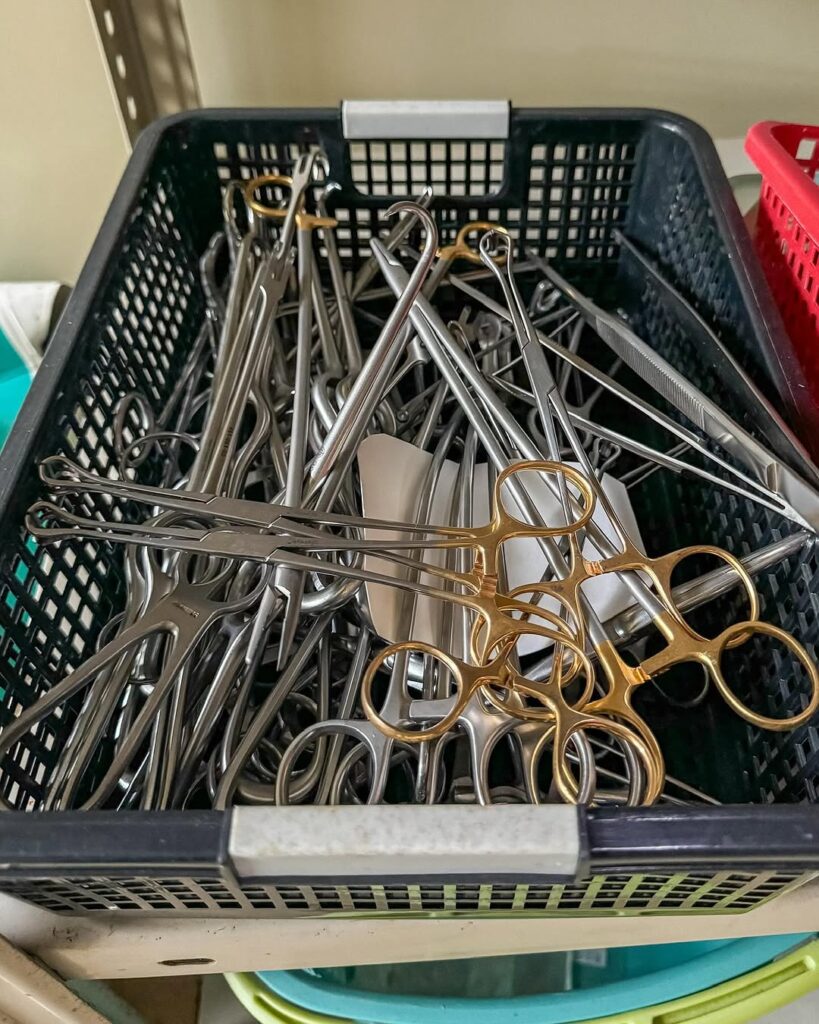

The abandoned hospital’s collection of medical records provides a fascinating look into historical patient documentation and medical record-keeping practices. These records, spanning potentially decades of patient care, showcase the evolution of medical documentation from handwritten charts to early computerized systems. The preservation of these documents offers insights into diagnostic practices, treatment protocols, and patient care standards from different eras of American healthcare.
Medical records from abandoned hospitals often include admission forms, treatment notes, surgical reports, and discharge summaries that document the full spectrum of patient care provided at these facilities. These documents represent not only individual patient histories but also broader trends in medical practice, disease patterns, and healthcare delivery systems of their respective time periods.
Privacy Concerns and Historical Value
While the historical value of preserved medical records is significant, their presence in abandoned hospitals raises important questions about patient privacy and the proper handling of confidential medical information. The abandonment of facilities with intact medical records creates complex ethical situations that balance historical preservation with patient confidentiality requirements under healthcare privacy laws.
Medical historians and urban explorers who discover these records face the challenge of documenting their historical significance while respecting patient privacy and complying with applicable privacy regulations. The proper handling of abandoned medical records requires careful consideration of legal requirements and ethical obligations to protect patient information even in abandoned facilities.
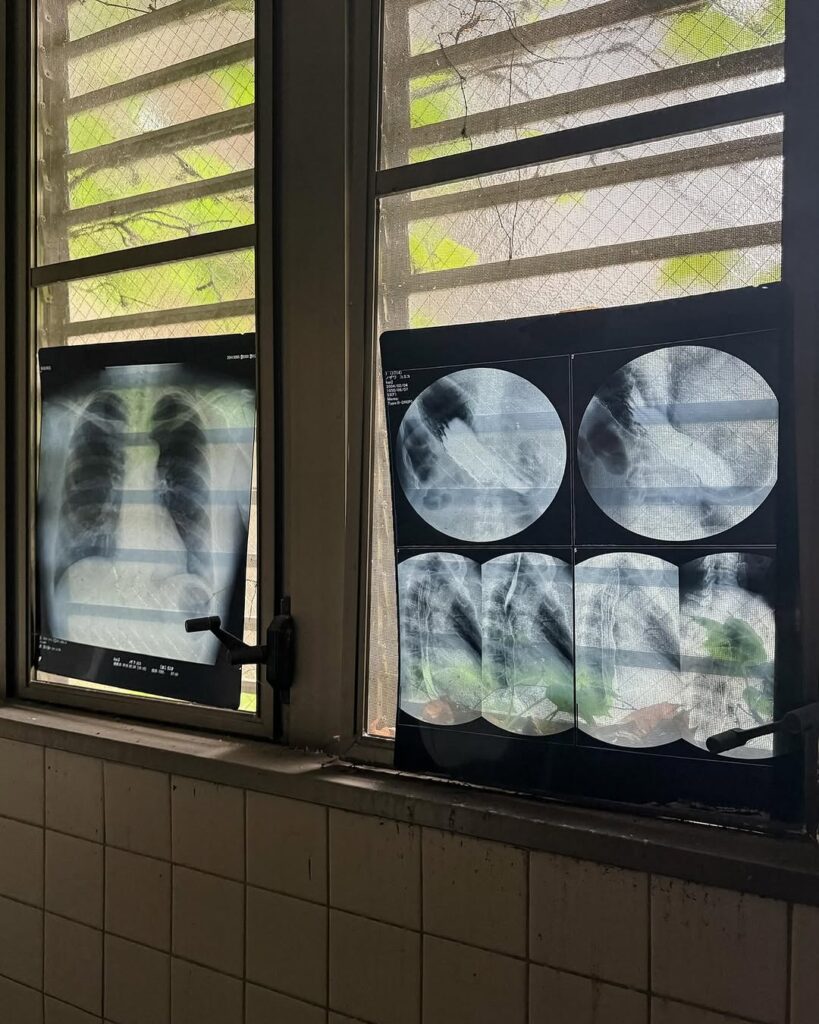

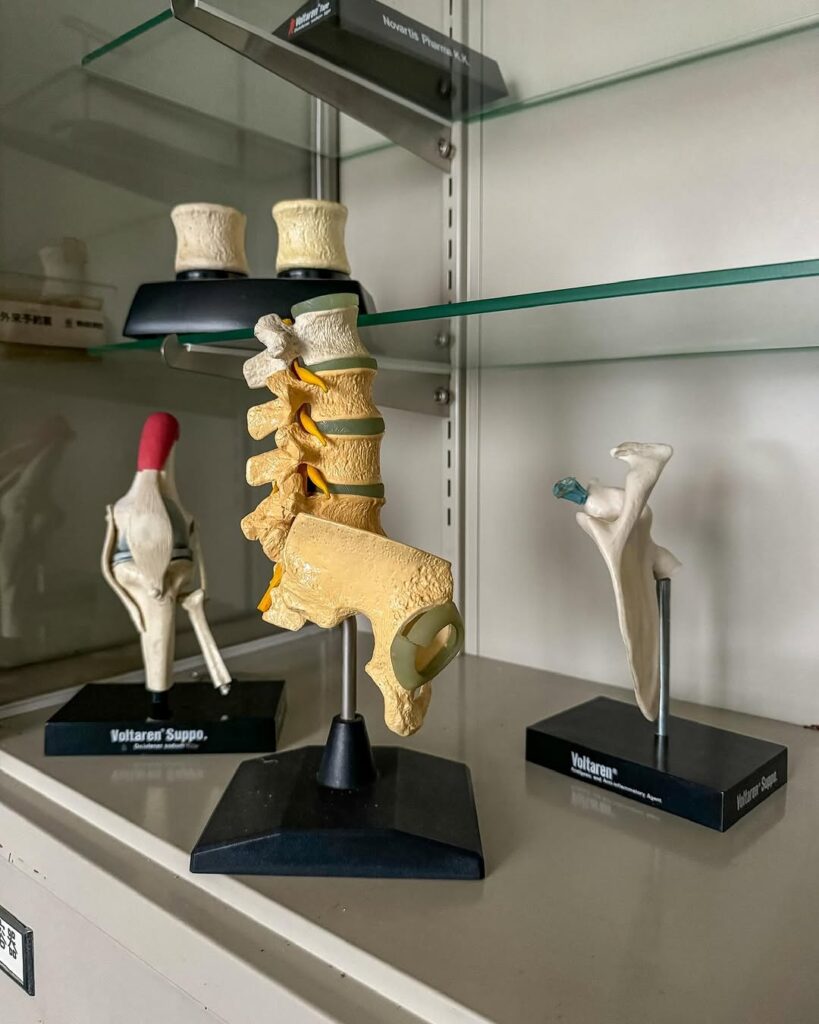
Vintage Medical Equipment and Technology
Evolution of Medical Technology Through Abandoned Equipment
The medical equipment left behind in abandoned hospitals represents a comprehensive catalog of healthcare technology evolution. From early mechanical ventilators and primitive monitoring devices to vintage X-ray machines and surgical instruments, these facilities preserve examples of medical technology that document the rapid advancement of healthcare equipment over the decades.
Vintage medical equipment found in abandoned hospitals often includes items that are no longer in use but were once state-of-the-art medical technology. These devices provide valuable insights into historical medical practices and demonstrate how technological advances have transformed patient care and diagnostic capabilities in modern healthcare settings.
Restoration and Preservation of Historical Medical Devices
Some abandoned hospitals contain medical equipment that has significant historical value and could potentially be restored for museum display or educational purposes. Vintage medical devices, surgical instruments, and diagnostic equipment from these facilities represent important artifacts that document the evolution of medical technology and patient care practices.
The preservation of historical medical equipment requires specialized knowledge and resources to properly restore and maintain these devices. Medical museums, educational institutions, and private collectors sometimes work to salvage and preserve significant medical equipment from abandoned hospitals to ensure that these important historical artifacts are not lost to time and deterioration.
Teaching Aids and Medical Education Materials
Medical Training Resources in Abandoned Hospitals
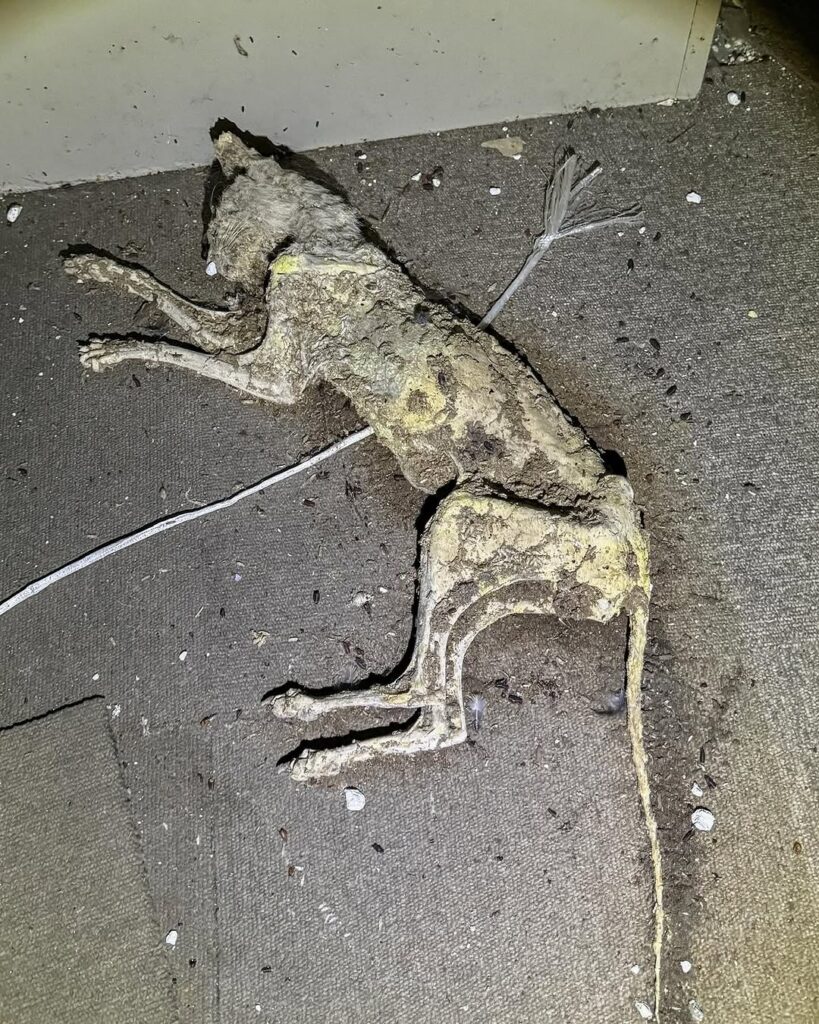
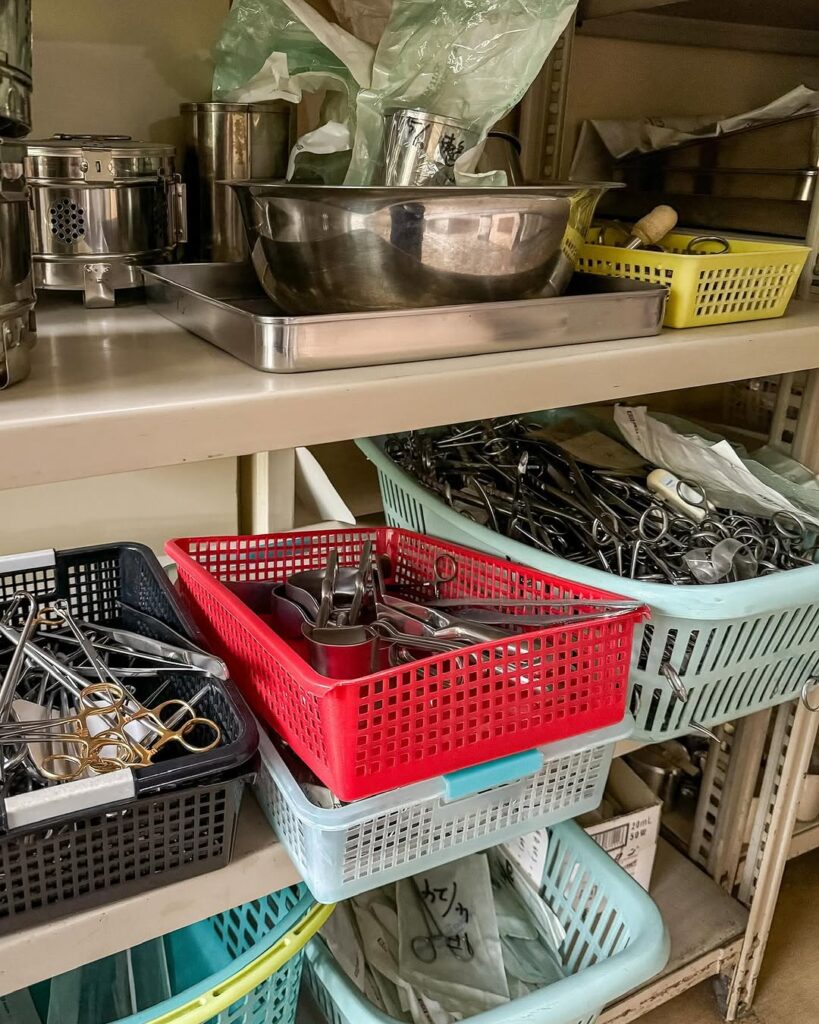
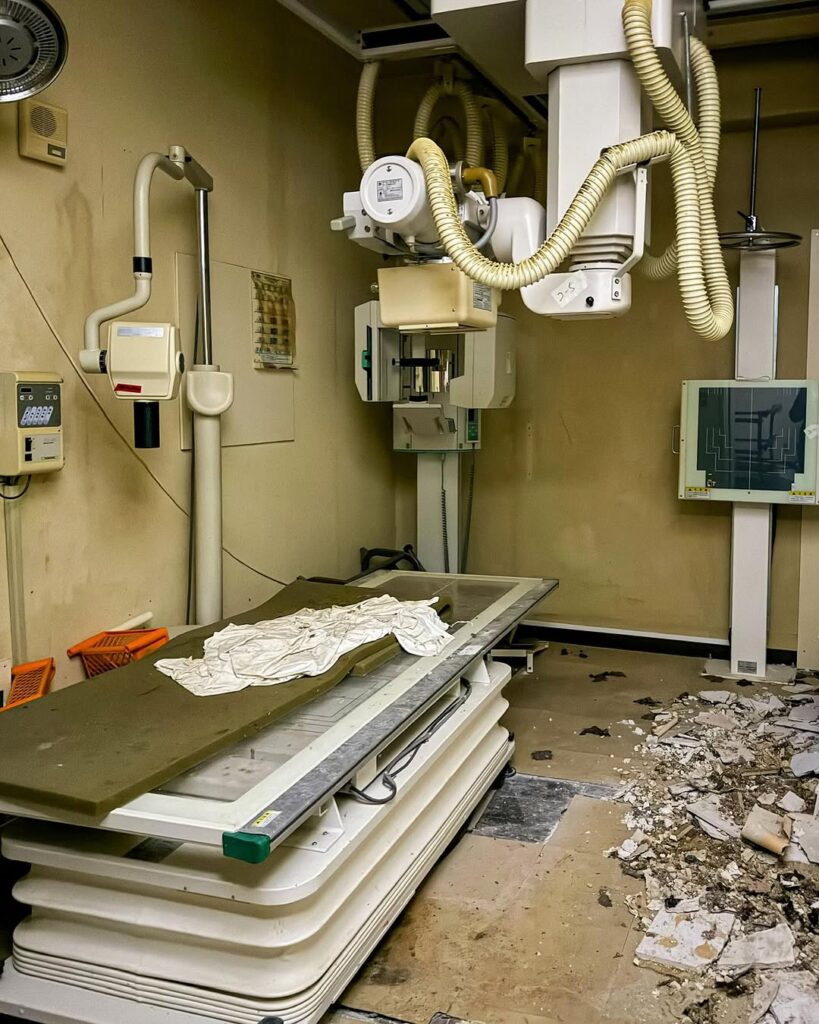

Many abandoned hospitals contain extensive collections of medical teaching aids, training materials, and educational resources that were used to train healthcare professionals. These materials often include anatomical models, medical textbooks, training charts, and educational posters that provide insights into historical medical education practices and training methodologies.
The preservation of medical teaching aids in abandoned hospitals creates valuable resources for understanding how medical education has evolved over time. These materials showcase changes in medical knowledge, training techniques, and educational approaches that have shaped the development of modern healthcare professionals.
Historical Medical Education Practices
The teaching materials found in abandoned hospitals often reflect the medical knowledge and educational practices of their respective eras. These resources document how medical professionals were trained, what information was considered essential for healthcare practice, and how medical knowledge was transmitted from experienced practitioners to new healthcare professionals.
Medical education materials from abandoned hospitals provide valuable insights into historical disease understanding, treatment approaches, and the evolution of medical specialties. These resources help researchers and educators understand how medical knowledge has developed and changed over time, contributing to a better understanding of healthcare history and medical practice evolution.
X-Ray Departments and Diagnostic Imaging
Vintage Radiology Equipment and Facilities
The X-ray departments in abandoned hospitals often contain some of the most fascinating examples of vintage medical technology. These facilities frequently preserve early X-ray machines, developing equipment, and diagnostic imaging devices that demonstrate the evolution of medical imaging technology from its earliest applications to more advanced diagnostic capabilities.
Vintage radiology equipment found in abandoned hospitals includes mechanical X-ray machines, film processing equipment, and viewing devices that were once cutting-edge technology for medical diagnosis. These devices represent significant technological achievements that revolutionized medical practice by allowing healthcare professionals to see inside the human body without invasive procedures.
Historical Medical Imaging and Diagnostic Practices
The preservation of X-ray departments in abandoned hospitals provides insights into historical diagnostic imaging practices and the role of radiology in medical care. These facilities often contain examples of early X-ray films, diagnostic procedures, and imaging techniques that document the development of medical imaging as a crucial component of modern healthcare.
Historical X-ray facilities in abandoned hospitals showcase the evolution of radiation safety practices, imaging technology, and diagnostic capabilities that have transformed medical practice. These preserved departments serve as time capsules that document the progression of medical imaging from experimental technology to essential diagnostic tools.
Operating Theaters and Surgical Facilities
Preserved Surgical Suites and Operating Room Equipment
The operating theaters found in abandoned hospitals represent some of the most dramatic and well-preserved examples of historical surgical facilities. These rooms often contain original surgical equipment, operating tables, lighting systems, and anesthesia devices that provide comprehensive views of surgical practices from different eras of medical history.
Preserved operating rooms in abandoned hospitals showcase the evolution of surgical techniques, sterile procedures, and operating room design that have transformed surgical practice over the decades. These facilities often contain surgical instruments, monitoring equipment, and support systems that demonstrate how surgical capabilities have advanced through technological innovation and improved medical understanding.
Historical Surgical Practices and Techniques
The surgical facilities in abandoned hospitals provide valuable insights into historical surgical practices, techniques, and safety protocols that were standard during different periods of medical history. These preserved operating rooms document the evolution of surgical sterility, anesthesia practices, and surgical procedures that have shaped modern surgical medicine.
Operating theaters in abandoned hospitals often contain evidence of surgical procedures, equipment configurations, and support systems that reflect the medical knowledge and technological capabilities of their respective time periods. These facilities serve as important historical records of surgical practice evolution and technological advancement in medical care.
Dental Studios and Oral Healthcare Facilities
Vintage Dental Equipment and Practice Facilities
The dental studios found in abandoned hospitals often contain well-preserved examples of vintage dental equipment, treatment chairs, and oral healthcare devices that document the evolution of dental practice and oral healthcare delivery. These facilities frequently preserve dental instruments, X-ray equipment, and treatment devices that showcase historical dental care practices and technological development.
Abandoned dental facilities provide unique insights into historical oral healthcare practices, dental education, and the integration of dental services within hospital-based healthcare delivery systems. These preserved studios often contain equipment and materials that demonstrate how dental care has evolved from basic procedures to sophisticated oral healthcare services.
Historical Dental Care and Treatment Methods
The dental studios in abandoned hospitals showcase historical dental care practices, treatment methods, and the evolution of oral healthcare as an integral component of comprehensive medical care. These facilities often contain evidence of dental procedures, treatment approaches, and care protocols that reflect the dental knowledge and capabilities of different historical periods.
Preserved dental facilities in abandoned hospitals provide valuable documentation of dental practice evolution, technological advancement, and the development of modern oral healthcare. These studios serve as important historical resources for understanding how dental care has changed and improved over time through technological innovation and expanded medical knowledge.
Urban Exploration and Safety Considerations
Exploring Abandoned Medical Facilities Safely
Urban exploration of abandoned hospitals requires careful attention to safety considerations and legal requirements. These facilities often contain environmental hazards, structural dangers, and potential health risks that must be carefully evaluated before exploration. Proper safety equipment, including protective clothing, respiratory protection, and emergency communication devices, is essential for safe exploration of abandoned medical facilities.
Abandoned hospitals may contain asbestos, lead paint, medical waste, and other hazardous materials that pose serious health risks to unauthorized visitors. Professional urban explorers understand the importance of proper safety precautions and often work with property owners or legal authorities to ensure safe and legal access to these fascinating historical sites.
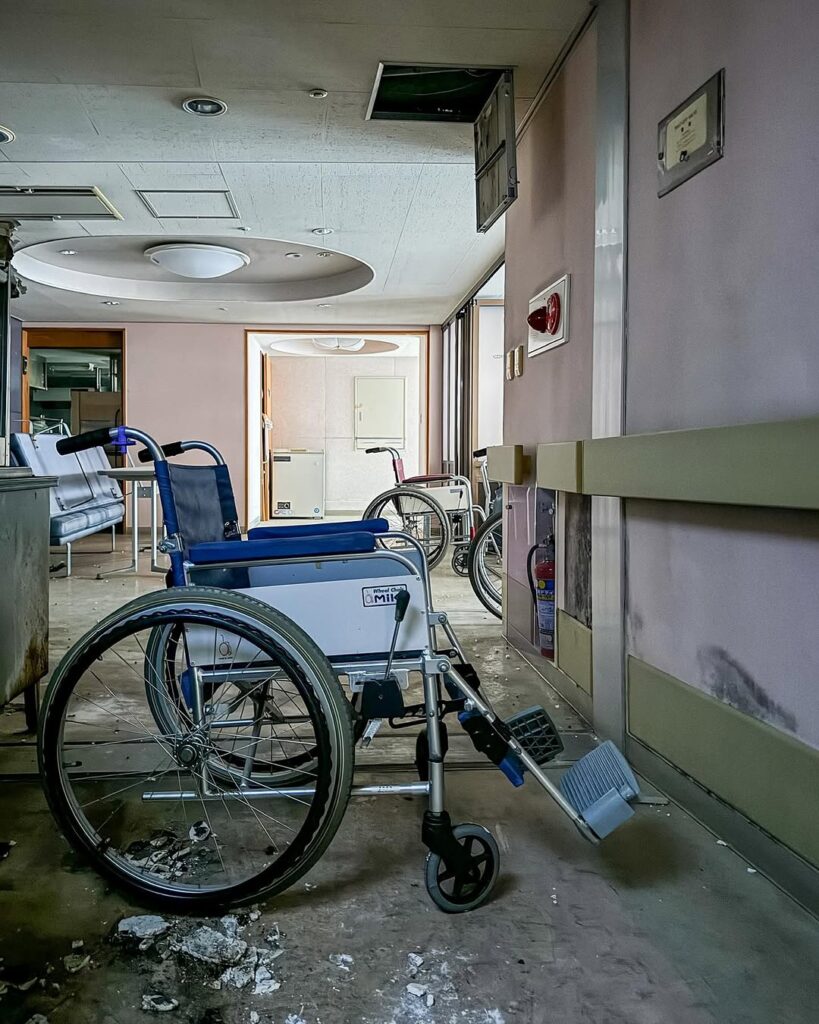
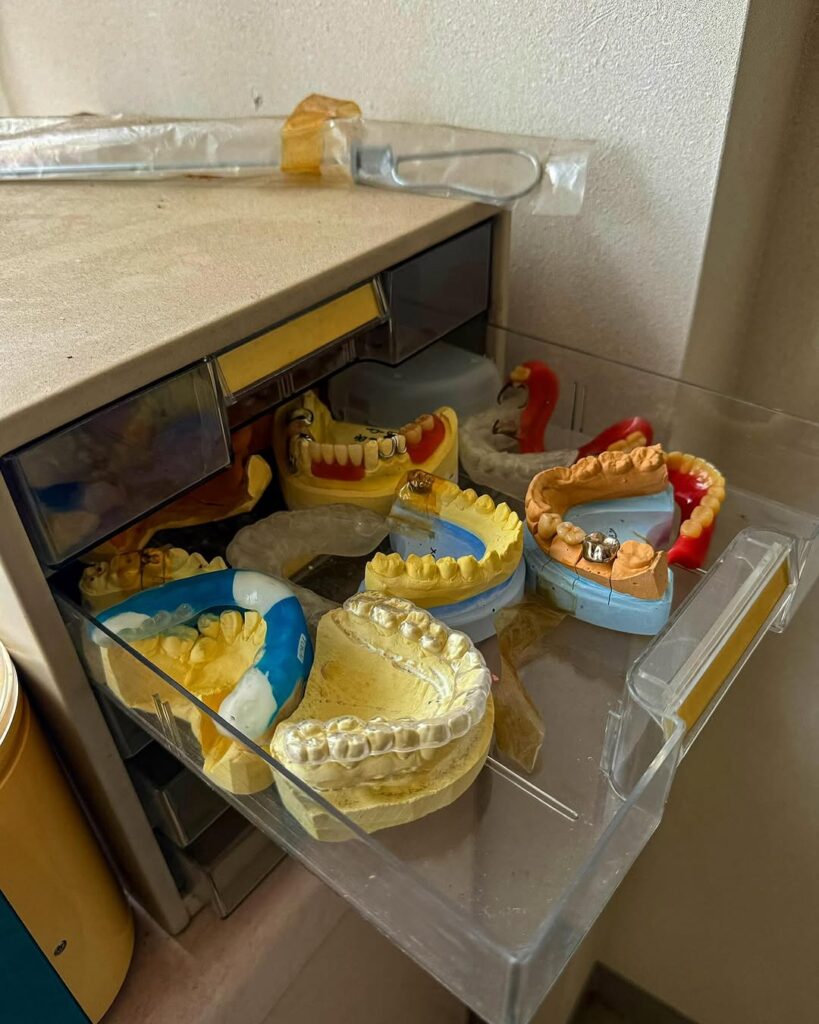

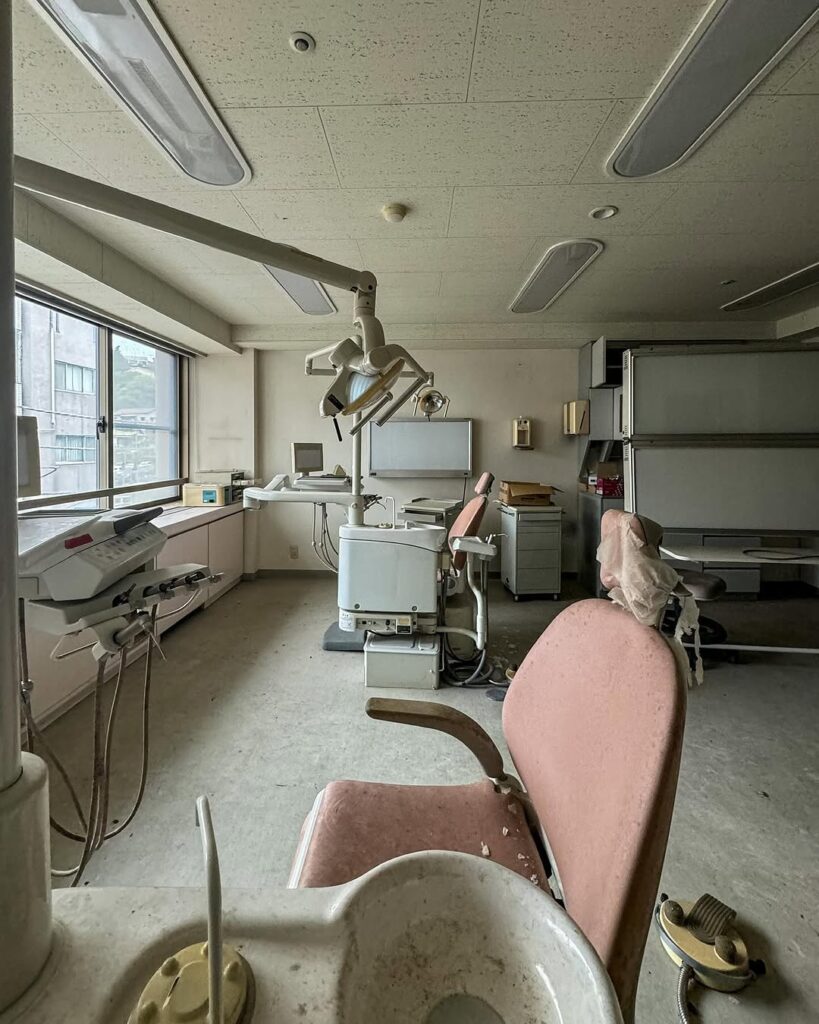
Legal and Ethical Considerations for Hospital Exploration
The exploration of abandoned hospitals raises important legal and ethical questions regarding property rights, patient privacy, and the proper handling of medical information and equipment. Urban explorers must navigate complex legal requirements and ethical obligations when documenting and sharing information about abandoned medical facilities.
Responsible urban exploration of abandoned hospitals requires respect for patient privacy, compliance with applicable laws, and consideration of the sensitive nature of medical facilities and information. Professional explorers often work with legal authorities, property owners, and preservation organizations to ensure that exploration activities are conducted appropriately and legally.
Preservation Efforts and Historical Documentation
Documenting Medical History in Abandoned Facilities
The documentation of abandoned hospitals and their contents represents important historical preservation work that captures medical history before it is lost to time and deterioration. Professional photographers, historians, and preservation specialists work to document these facilities and their contents for future research and educational purposes.
Comprehensive documentation of abandoned hospitals includes detailed photography, equipment inventories, and historical research that preserves information about medical practices, technology, and healthcare delivery systems. This documentation work ensures that the historical value of these facilities is preserved even when the physical structures cannot be maintained.
Museum and Educational Opportunities
Some abandoned hospitals and their contents have been successfully converted into medical museums or educational facilities that preserve medical history while providing public access to historical healthcare information. These conversion projects demonstrate how abandoned medical facilities can be repurposed to serve educational and historical preservation purposes.
Museum and educational initiatives involving abandoned hospitals help preserve medical history while providing valuable learning opportunities for healthcare professionals, students, and the general public. These projects showcase the historical significance of abandoned medical facilities and their potential contributions to medical education and historical understanding.
The Future of Abandoned Medical Facilities
Redevelopment and Repurposing Opportunities
Abandoned hospitals present unique opportunities for redevelopment and repurposing that can preserve their historical significance while serving new community needs. These facilities often feature robust construction, interesting architectural elements, and large spaces that can be adapted for various uses including residential, commercial, or institutional purposes.
Successful redevelopment of abandoned hospitals requires careful planning that balances historical preservation with modern functionality and safety requirements. These projects often involve significant investment but can result in unique properties that serve community needs while preserving important historical and architectural elements.
Historical Preservation and Heritage Tourism
The historical significance of abandoned hospitals makes them potential candidates for heritage tourism and historical preservation initiatives. These facilities represent important chapters in American healthcare history and can serve as educational resources that help people understand the evolution of medical care and healthcare delivery systems.
Heritage tourism opportunities involving abandoned hospitals can provide economic benefits for communities while preserving important historical resources. These initiatives require careful planning and investment but can create sustainable approaches to historical preservation that benefit both local communities and visitors interested in medical history.
Conclusion: Preserving America’s Medical Heritage
The abandoned hospital that sits frozen in time represents a remarkable window into America’s medical past, preserving everything from patient records and vintage equipment to complete operating theaters and dental studios. This extraordinary facility serves as an unintentional museum of medical history that documents the evolution of healthcare technology, treatment practices, and patient care standards over decades of American medical development.
The preservation of medical records, equipment, teaching aids, and X-rays in this abandoned facility creates invaluable resources for understanding how American healthcare has evolved and advanced over time. From mechanical ventilators and early X-ray machines to surgical instruments and dental equipment, every item in this facility tells a story of medical innovation and the dedication of healthcare professionals who served their communities.
The discovery and documentation of such perfectly preserved medical facilities highlight the importance of preserving America’s healthcare heritage while respecting patient privacy and legal requirements. These abandoned hospitals serve as important historical resources that can inform current medical practice, educate future healthcare professionals, and help the public understand the remarkable advances that have transformed modern medicine.
As urban explorers and historians continue to discover and document these frozen-in-time medical facilities, they contribute to the preservation of American medical history and ensure that future generations can learn from the experiences, innovations, and dedication of those who came before them in the noble profession of healthcare.
![]()

